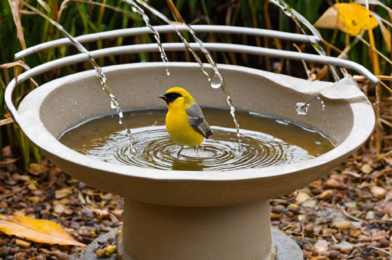The leaves are changing, and so are the opportunities for bird enthusiasts and photographers to capture some stunning sights. Autumn is a magical time for bird photography, offering unique lighting conditions, vibrant backdrops, and the chance to observe birds in their seasonal habitats. As the season transforms the landscape, here’s how you can make the most of your bird photography this fall.
Early mornings and late afternoons take on a special ambiance during the fall. The low-angle sunlight creates softer shadows and a warm glow, perfect for capturing the intricate details of birds’ plumage. This golden hour lighting can make your bird photographs truly exceptional. Imagine a majestic hawk soaring against the morning sky, its feathers illuminated by the sun’s rays, or a tiny chickadee perched on a branch, its vibrant colors accentuated by the autumn light.
##
The changing foliage provides a stunning backdrop for bird photography. Capture the interplay of vibrant reds, oranges, and yellows with the graceful movements of birds. A woodpecker exploring a colorful tree or a flock of geese flying over a golden field can make for breathtaking compositions. Experiment with different angles and perspectives to showcase the beauty of both birds and their fall surroundings.
Autumn is a transitional season for birds, with many species migrating or preparing for winter. Observe and document their behaviors, such as birds gathering food, building nests, or engaging in courtship rituals. This is an excellent opportunity to tell visual stories about the natural world and the challenges birds face during seasonal changes.
For bird photography, long telephoto lenses are often the go-to choice. These lenses allow you to capture birds in their natural habitats without disturbing them. Consider using a tripod to stabilize your camera, especially when using longer focal lengths, as it will help you achieve sharper images.
Keep an eye out for unique bird behaviors and interactions. Everyone loves a classic portrait of a bird in profile, but capturing birds in action can add a dynamic element to your portfolio. Maybe it’s a hummingbird hovering near a feeder or a group of sparrows playing in a puddle—these moments can make your images stand out.
##
Fall bird photography is a wonderful way to connect with nature and hone your photographic skills. Whether you’re an experienced birder or a novice enthusiast, the autumn season offers countless opportunities for creativity and discovery. So, grab your camera, head out to your local park or nature reserve, and let the beauty of birds and autumn inspire your artistic journey.










